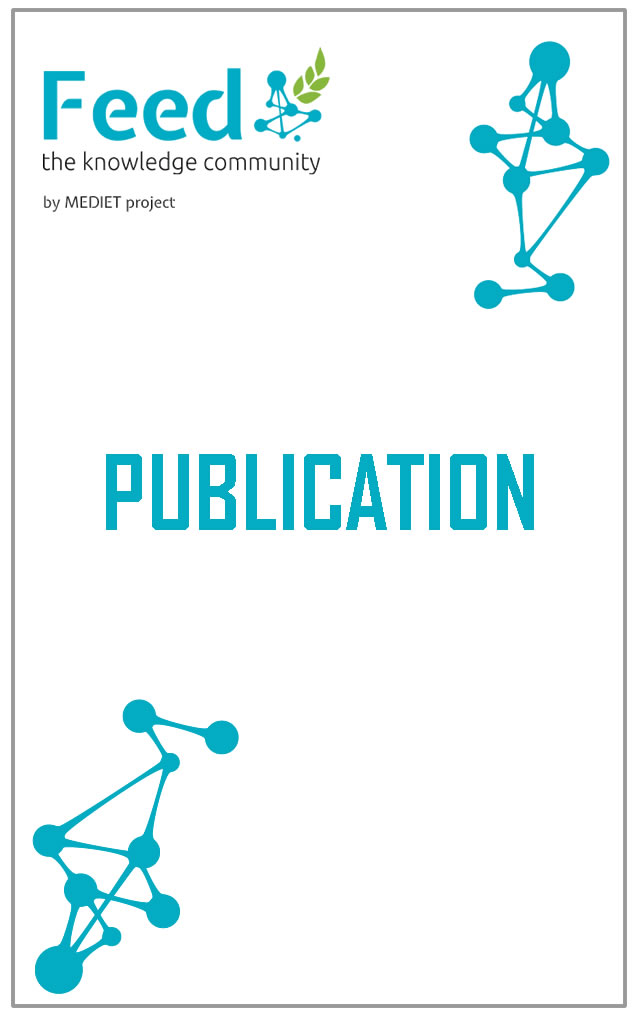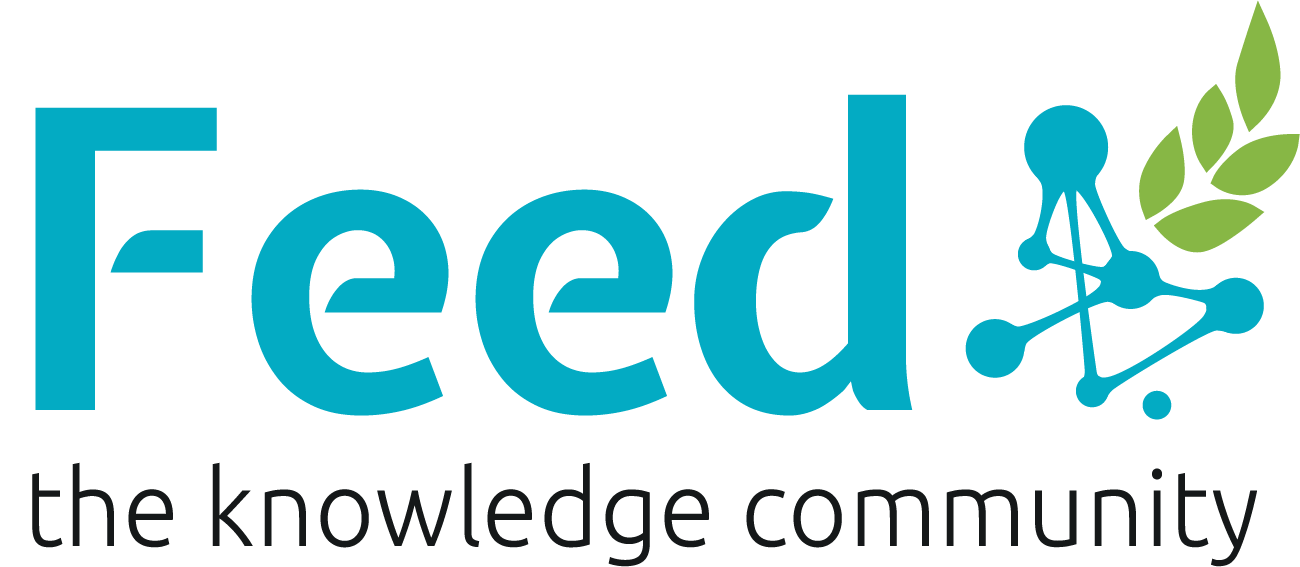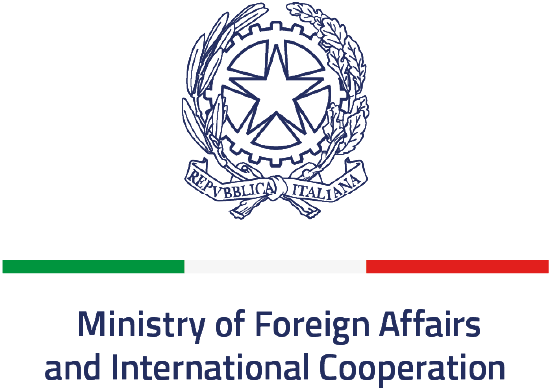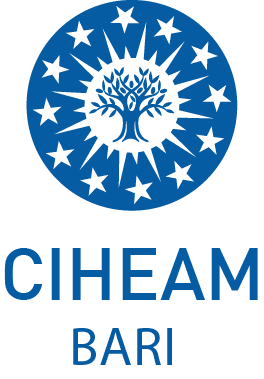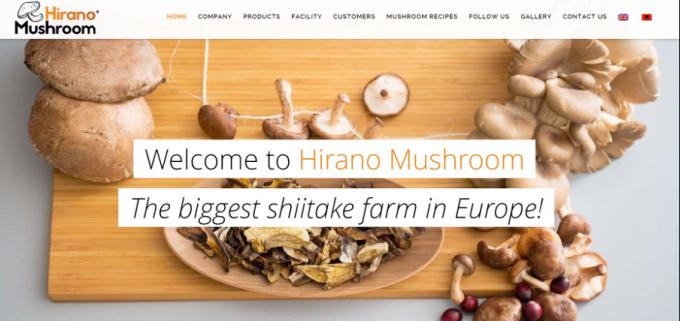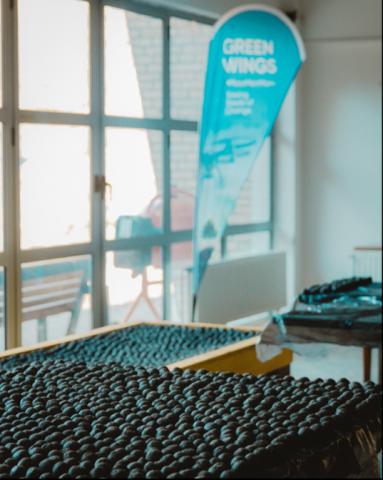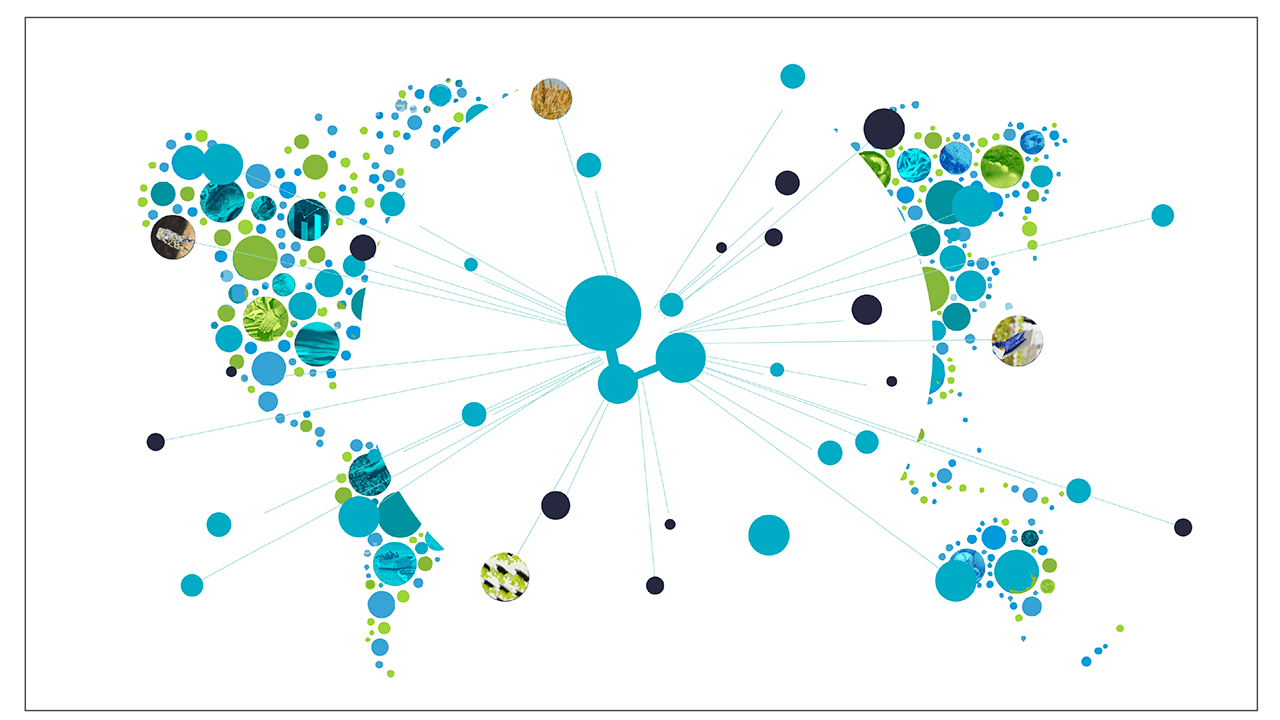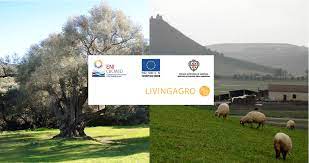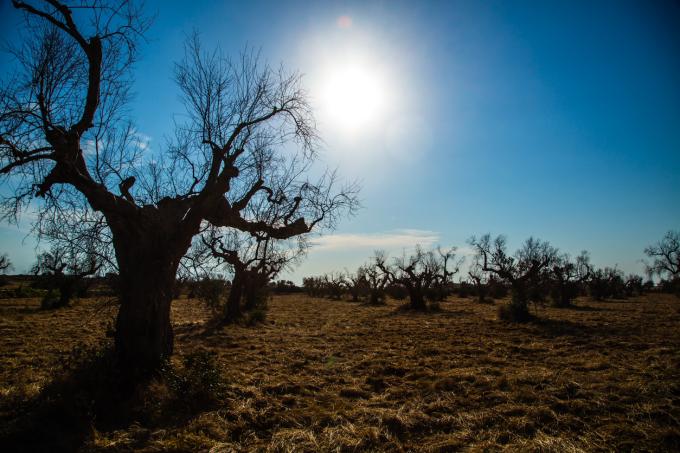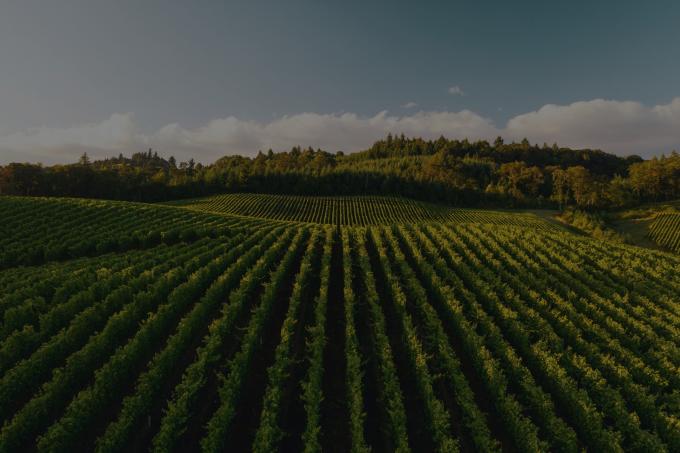Journal Article
Content of some antioxidants in intercropped maize and soybean grain
Year:
2017
Author:
Dragičevic Vesna, Oljaca Snezana, Simić Milena, Željko Dolijanović, Kresovic Branka, Brankov Milan
You must be registered to see all the content
Intercropping, as a combination of different crops at the same time and the same field, enables interaction of their roots, improving plant growth and stress tolerance, thus improving nutritional quality of produced grains. The investigation was aimed to examine the effect of different cropping systems: intercropping in combination with alternating rows and alternating strips of maize and soybean, as well as single cropping, combined with different fertilization regimes (conventional, application of organic fertilizer, bio-fertilizer and control) on the antioxidant content (glutathione [GSH], phenolics and yellow pigment [YP]) in red maize and black soybean grain. Black soybean is richer in antioxidants than red maize. Season expressed the highest influence on the level of GSH, phenolics and YP in maize and soybean, while cropping system and fertilization regime influenced GSH and phenolics. The antioxidant level in grains with greater weight corresponded with an increased GSH level for maize, as well as an increased GSH and phenolic level for soybean, while smaller grains were characterised by the increased YP content. Generally, antioxidant content was increased mainly by alternating strips in maize grain and by alternating rows in soybean grain. Bio-fertilizer had the highest impact on an increase in GSH in maize grain and YP in soybean grain, while organic fertilizer was important for acquiring of GSH and phenolics in soybean grain.
Secondary Author:
DOI Link: https://doi.org/10.2298/JAS1701031D
